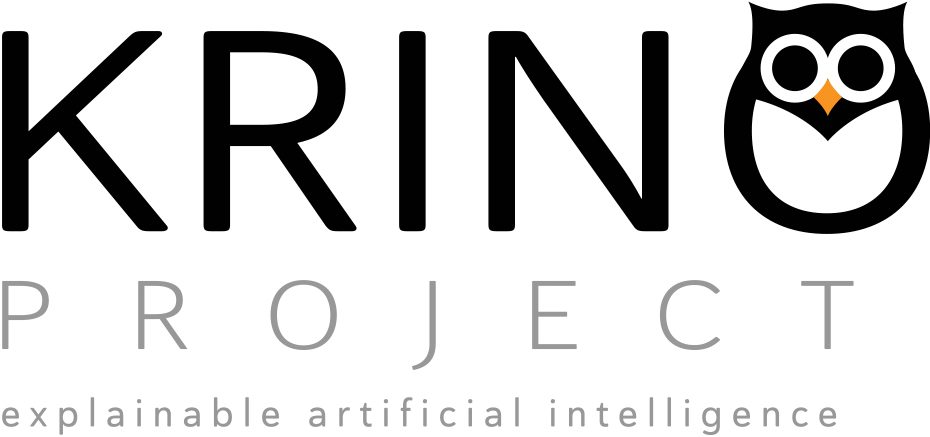Ordinary and scientific language is replete with causal claims, even when sentences do not use explicitly the words ‘cause’, ‘effect’, and their respective verbs. Even though the very concept of causation has undergone hard attacks, in the beginning of the 20th Century – notably by Russell in philosophy, Mach in physics, and Pearson in statistics – it is just a matter of fact that causal reasoning and causal discovery have not ceased to exist. With ups and downs, philosophy has revived debates on the notion of causation too. In particular, in the past decades, the philosophy of causality developed a rich battery of concepts, notions, and accounts of causation.
Illari and Russo [2014] constitute, as of today, the most complete and comphrensive presentation of the state of the art, and also provides a pluralistic account to causality. Illari and Russo inventory more than 20 accounts of causality, including the most classic references such as Wesley Salmon, Nancy Cartwright, and James Woodward. It is important to note that every single account has been harshly criticized in the literature. A notable example is the counterfactual analysis of David Lewis, against which many counterexamples have been designed. Although many of these counterexamples are correct, a qualified pluralist approach should also explain why counterfactuals remain a useful tool for hypothesis generation and testing (for details, see Illari and Russo, 2014, Chapter 9). Similarly, the Salmon–Dowe approach, based on causal processes, is arguably tailored to physics and not very illuminating about biology, or other fields. This prompted the development of other accounts, for instance a mechanistic one (see Illari and Russo, 2014, Chapters 11, 12).
This leads to the observation that none of the existing account can, in isolation, provide a satisfactory explanation of what we mean by ‘cause’. This also leads to the conjecture that, in the future, chance is slim to produce The Account of causality, the one that is able to accommodate for the different questions we ask with causality (e.g.: about explanation, inference, prediction, control, etc.)
Faced with the variety of concepts offered, the philosopher of science is left with two options: either continue searching for The-One concept of causality or attempt to understand what links these concepts together in a coherent account. This is the idea of the causal mosaic (Illari and Russo, 2014): Causal concepts are like tiles that, put next to one another, and in the right way, will let an image emerge. And the image will be a sophisticated causal theory. So, the question is how to arrange the tiles, in order to create a recognizable and useful image for each research study.
For Krino, the crucial question will be to provide an account of causality that explains how, within an argument, a given premise causes some conclusion. Causal assessment of this type, however, cannot be done on the basis of formal definition alone, but requires one to have an understanding of how evidence is related to causation, or of what kind of evidence supports some causal conclusions but not others.
In sum, causal reasoning is at the very heart of Krino. A pluralistic approach is needed, in that one concept will not do the work.
